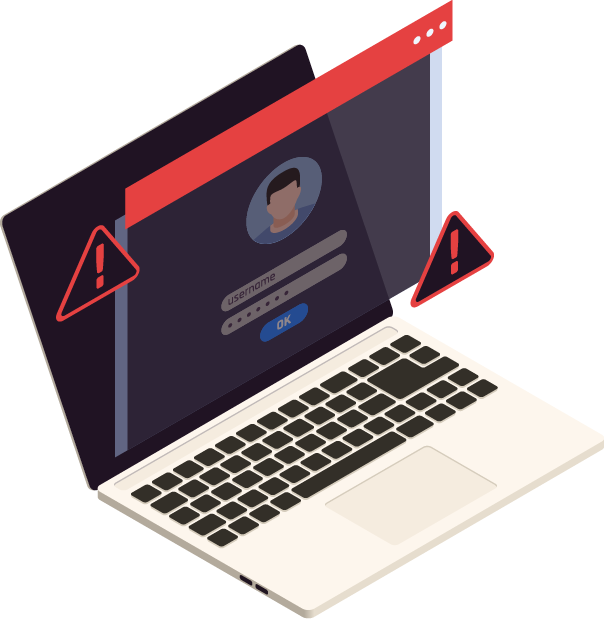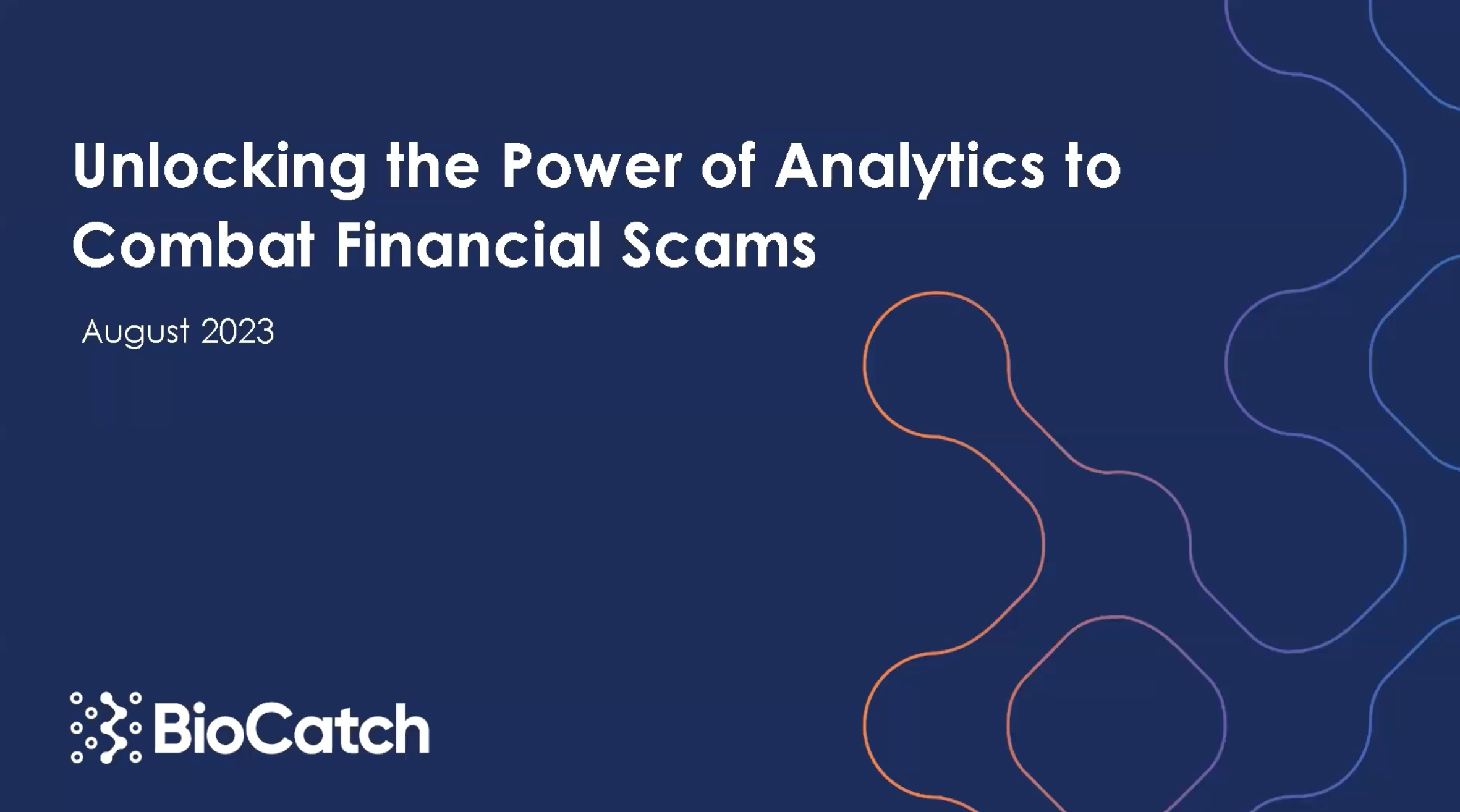
A Purchase Scam refers to fraud where individuals are deceived into making payments for
goods or services that are never received.

Problem overview
A Purchase Scam can involve fake online stores, bogus listings, or misleading advertisements that trick victims into parting with their money only to discover later that the goods or services will never arrive.
Typically, purchase scams involve a perpetrator selling high-value items such as cars, computers, phones, glamorous vacations, or sought-after concert tickets, which they promote at an incredibly low cost to entice buyers.
Although, with these services, the legitimate providers consistently present secure payment choices, the offender manipulates the victim into opting for a bank transfer as a payment method instead. Subsequently, after the victim sends the money, the scammer disappears without a trace.
A differentiated approach to tackling Purchase Scams
In instances where the fraudster is trying to convince the victim to make a deceitful transfer while on the phone, behavioral biometrics intelligence can be leveraged. This involves scrutinizing the ongoing call to detect signs of hesitation, mouse doodling, phone motion, and the dictation of an account number. These behaviors are strong indications the fraudster is in the process of persuading the victim to make the transfer.
In cases where the victim completes the transfer independently, there are additional revealing cues to consider — for instance, evaluating the transfer context, examining connections to new beneficiaries, and scrutinizing transactions to high-risk account destinations.
In summary, effectively countering Purchase Scams necessitates a comprehensive analysis of behavioral, device, and network intelligence simultaneously. This gives financial institutions more insight and opportunity to shut down deceitful transfers before the purchase money is gone.
70K
People reported a Purchase Scam in 2022
use cases
Impersonation scams
Remote access attacks









%20(1).png)
